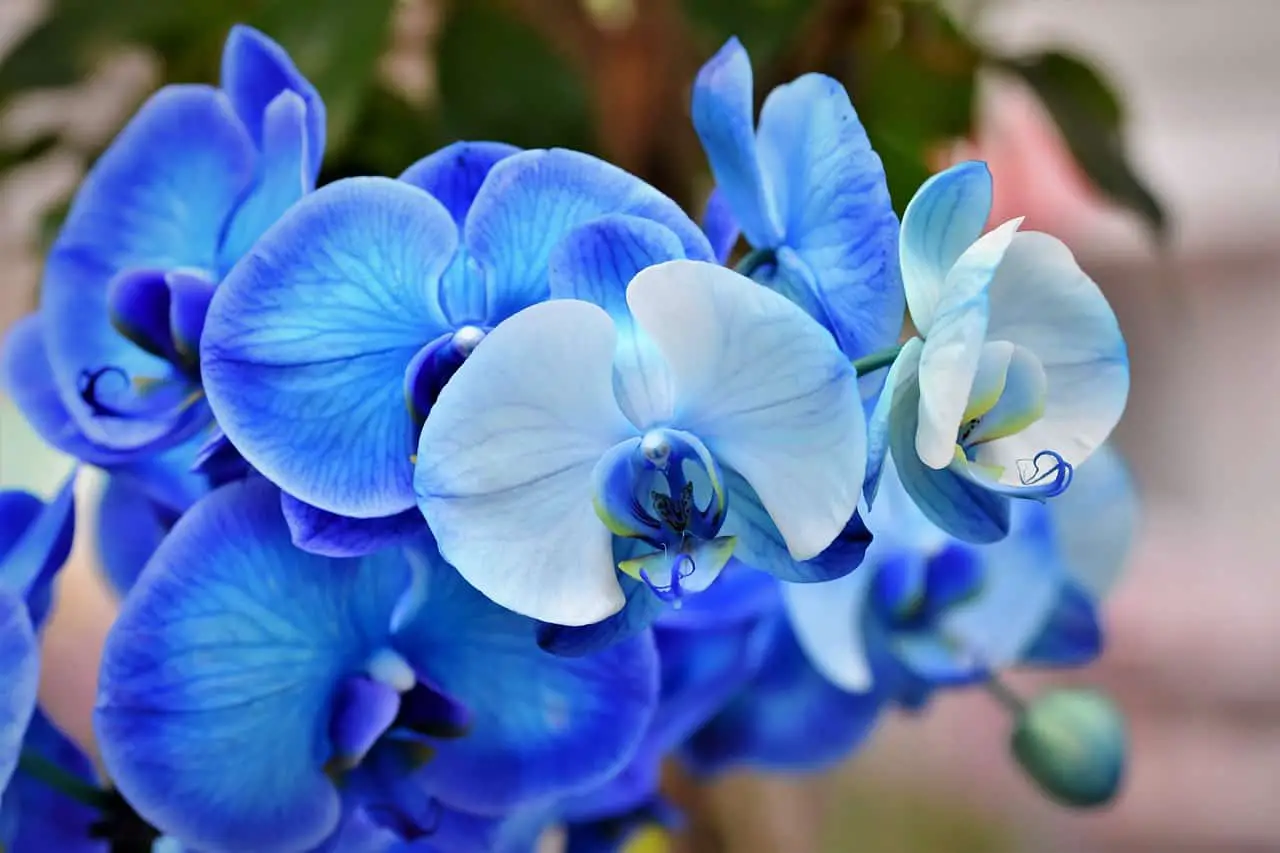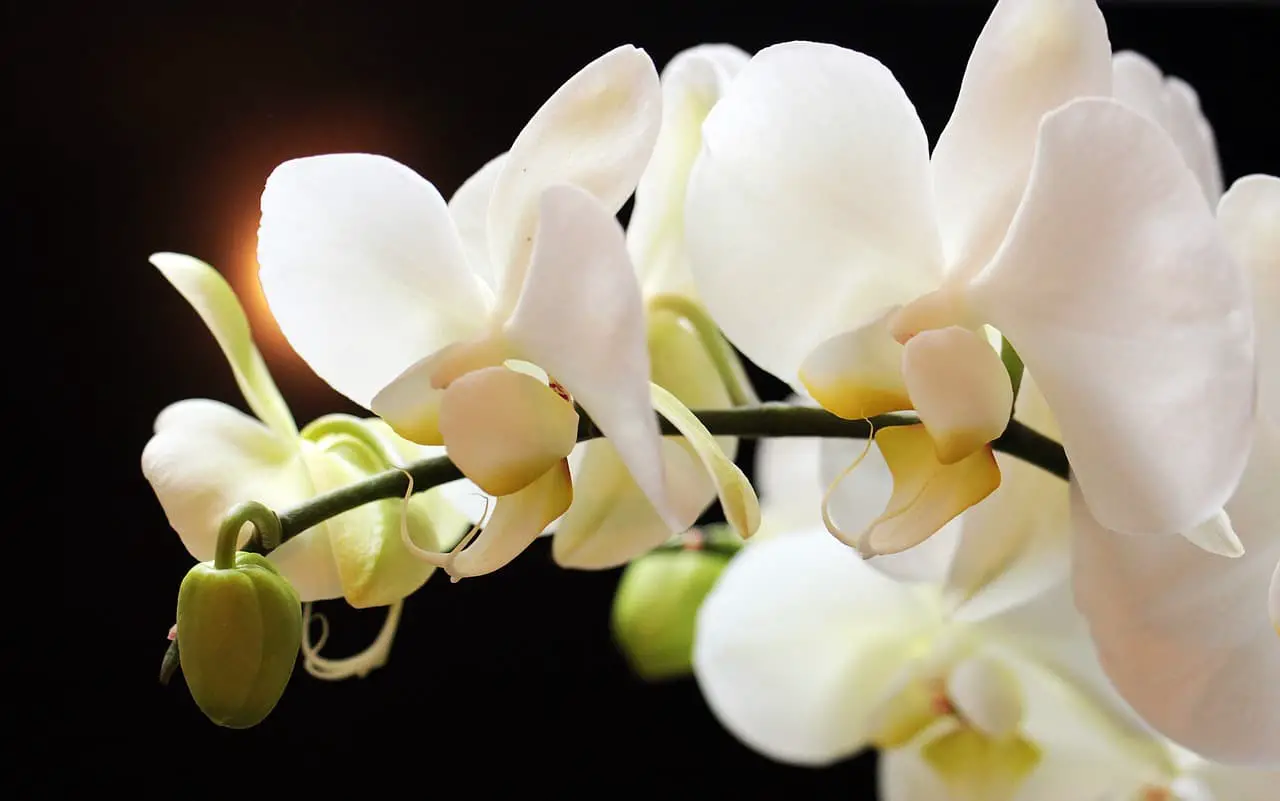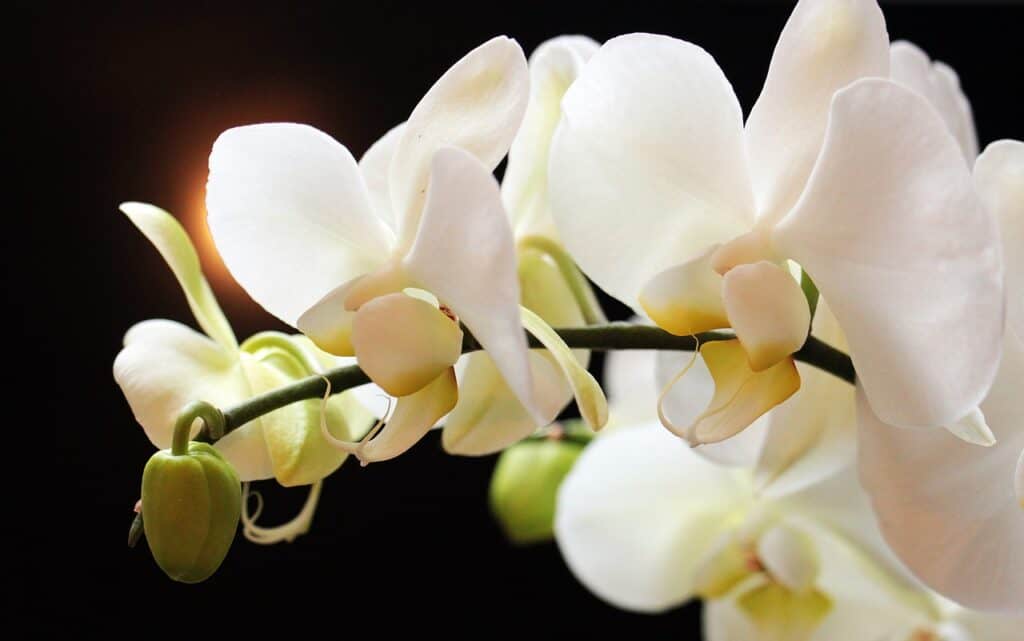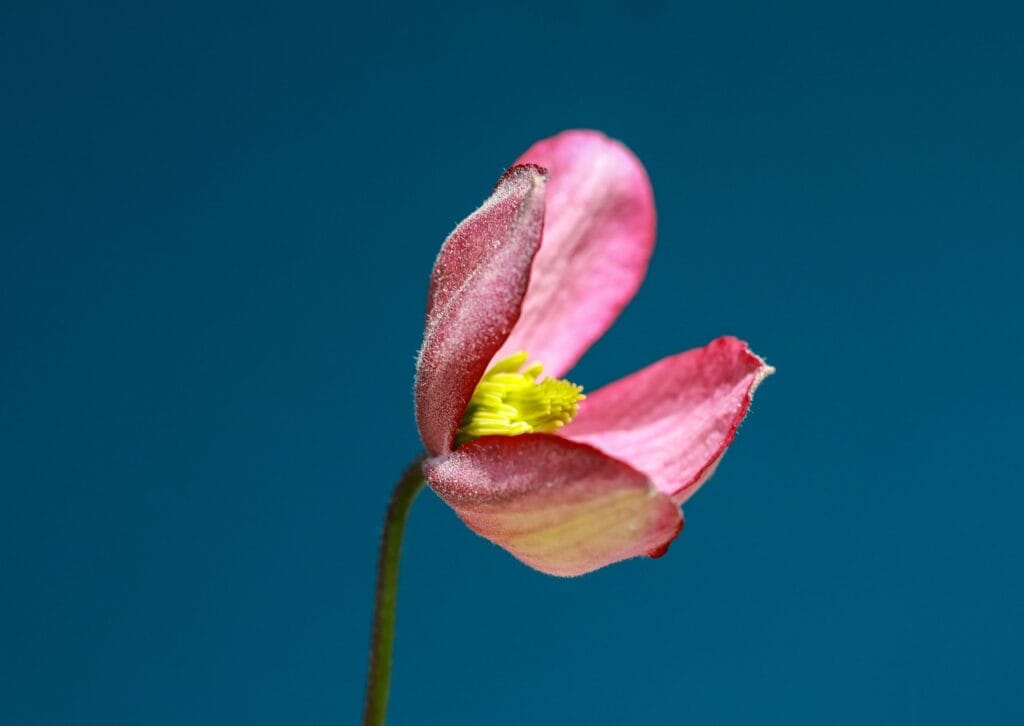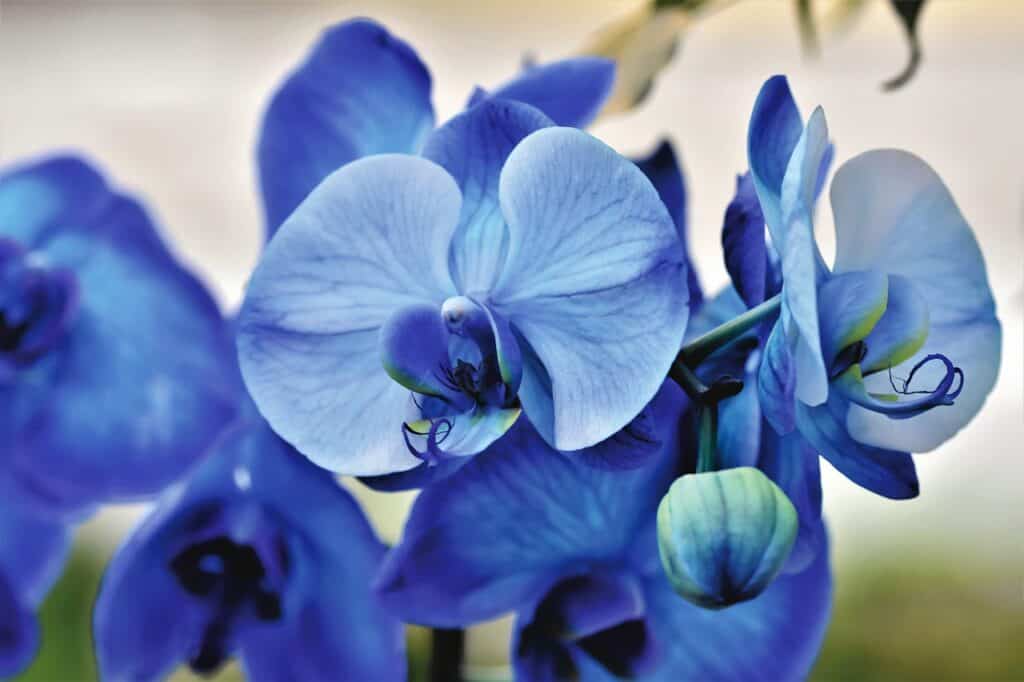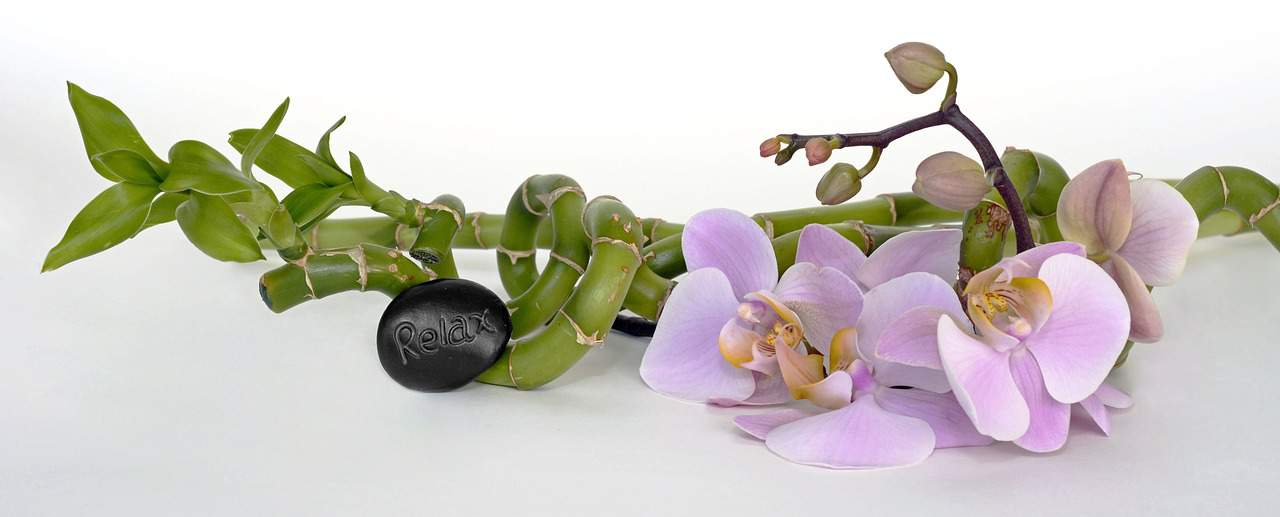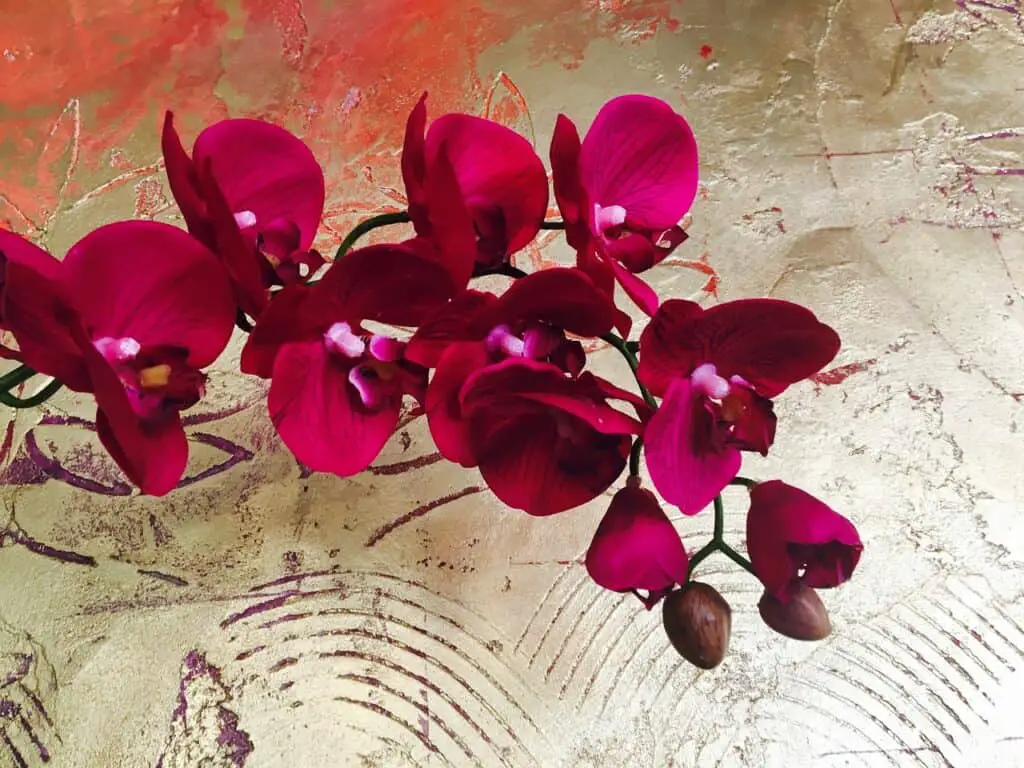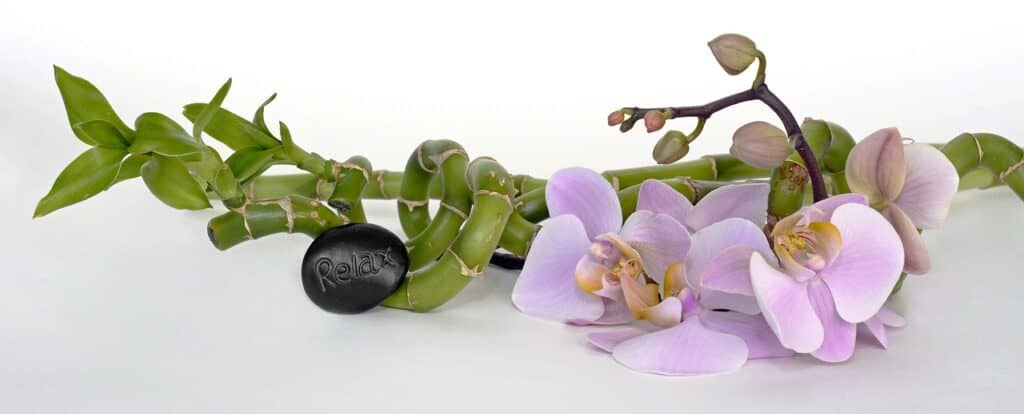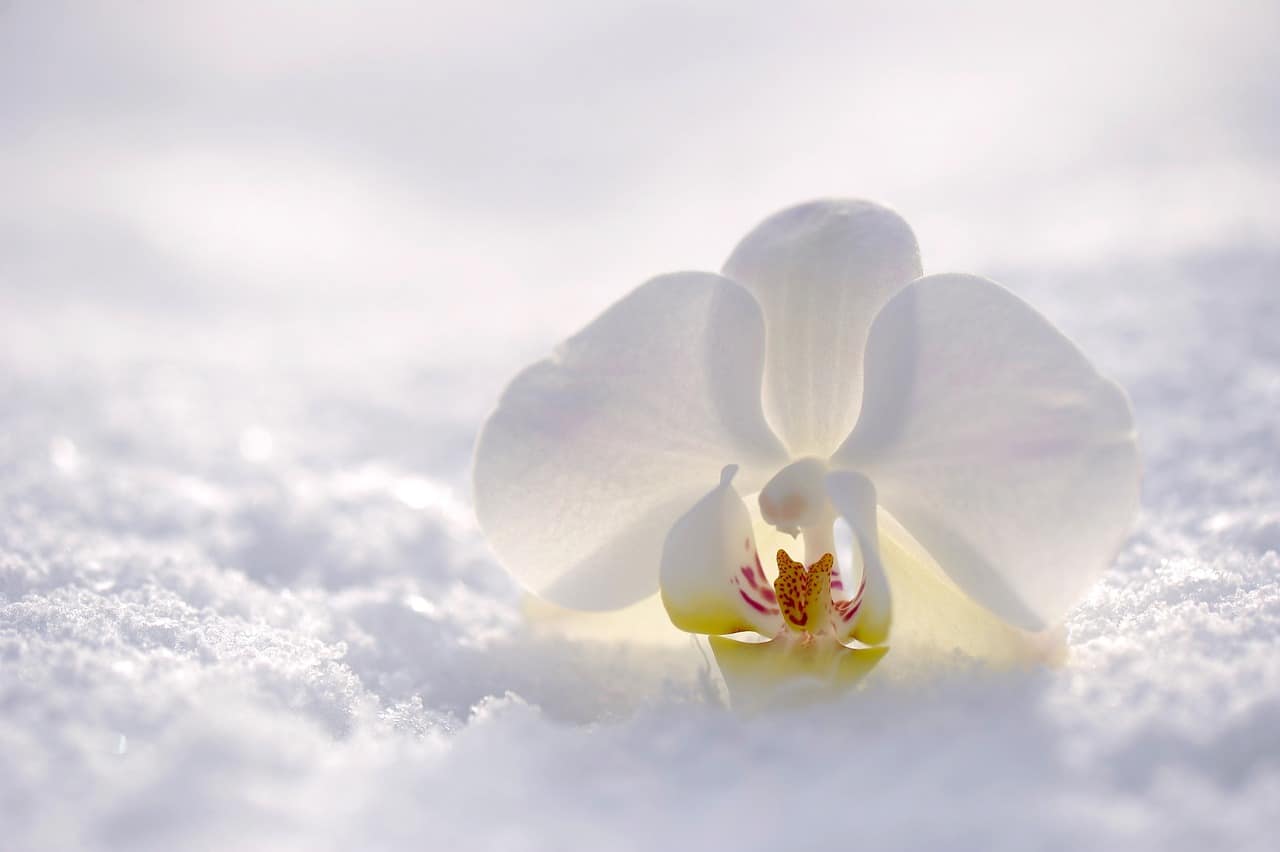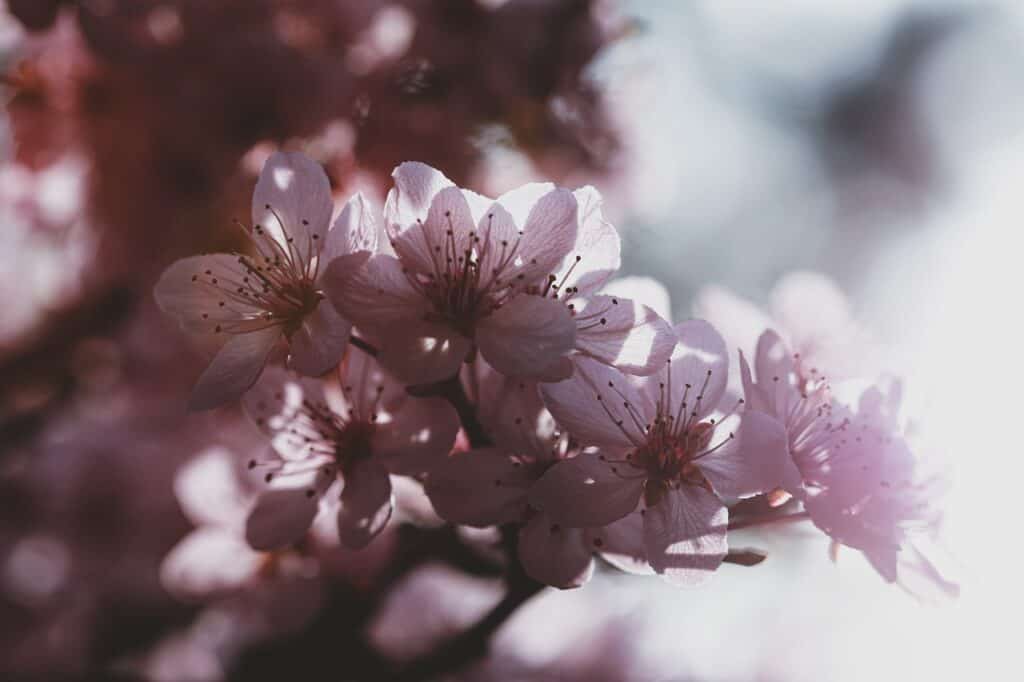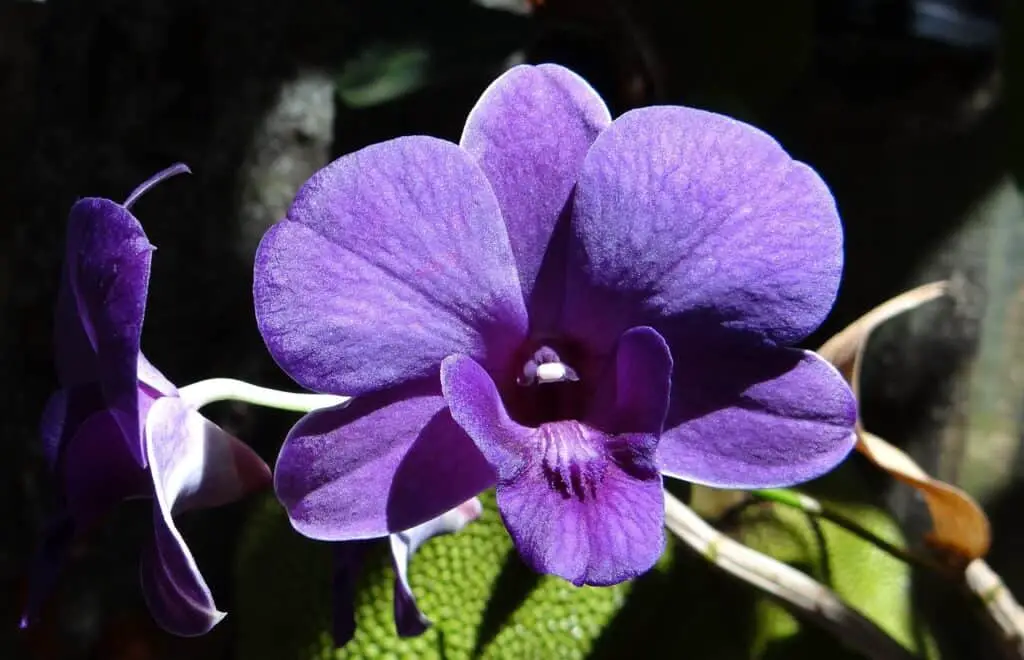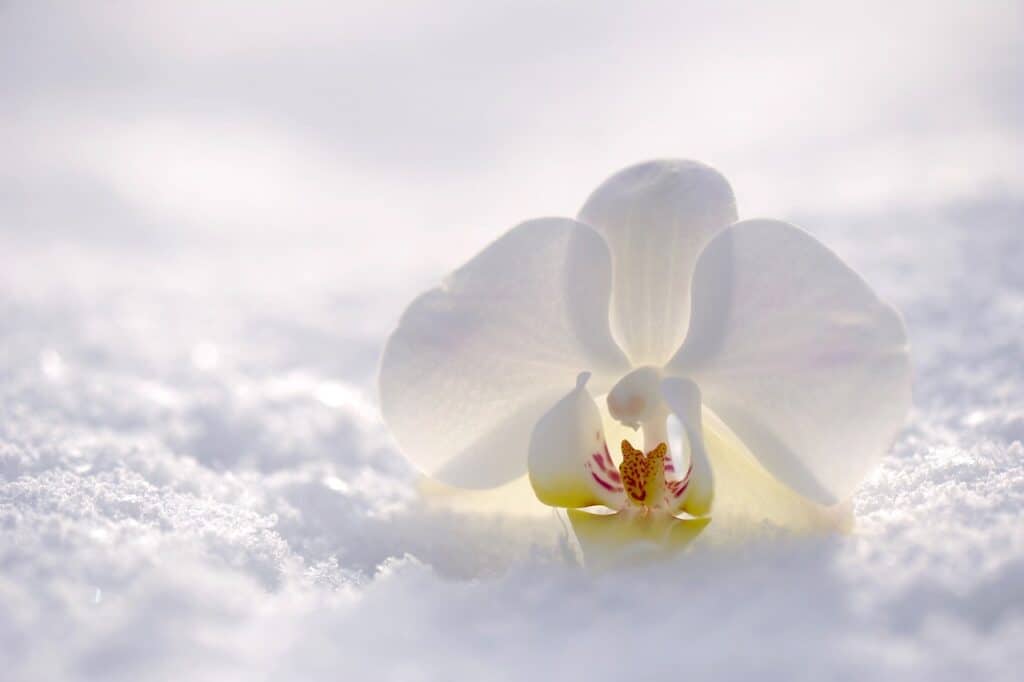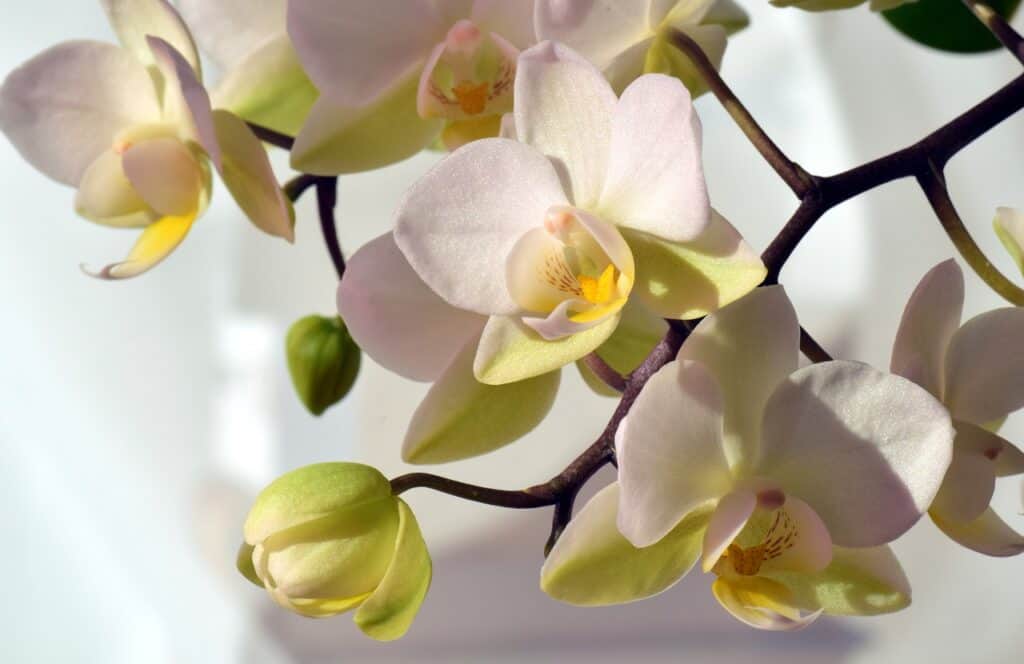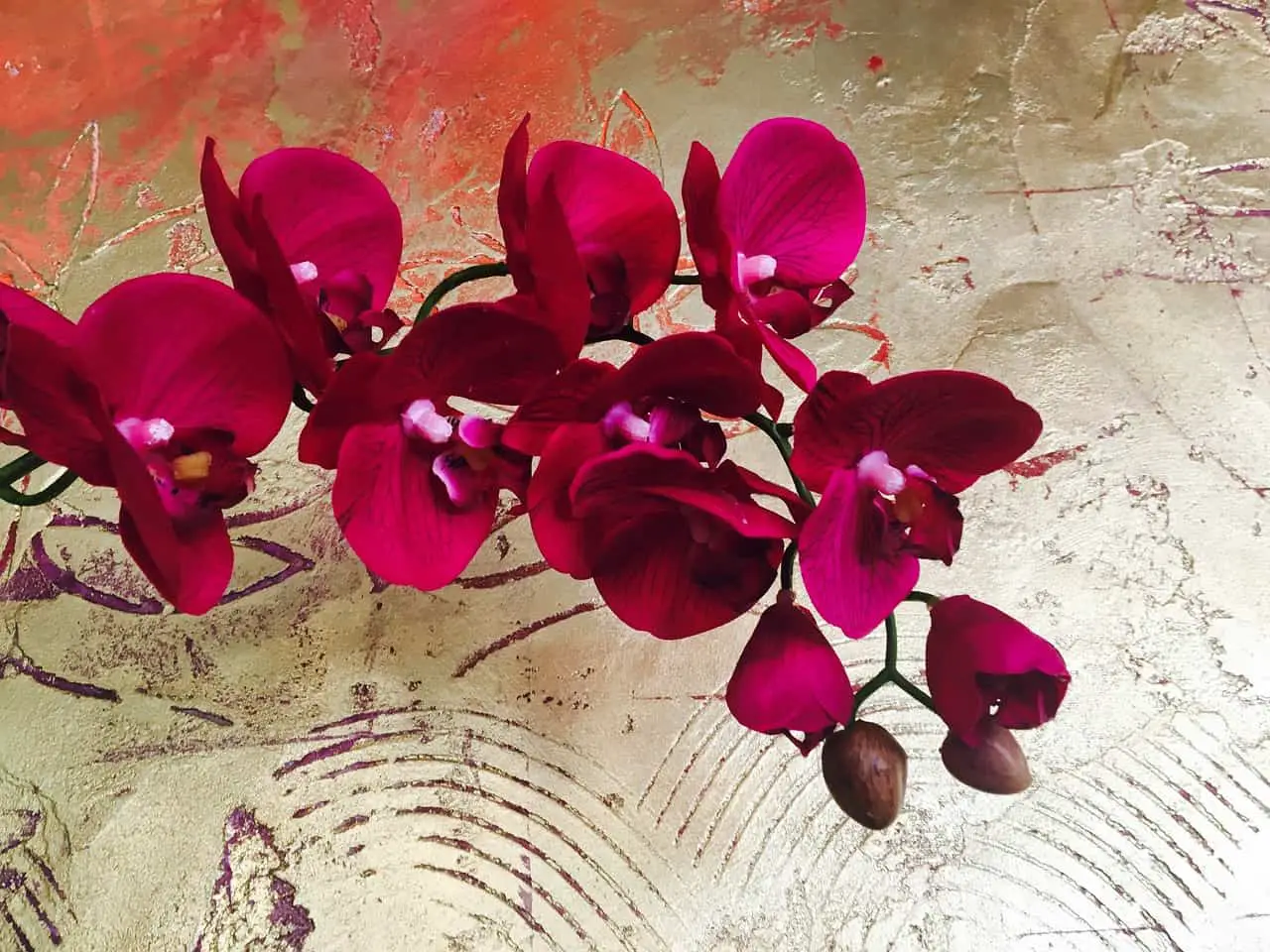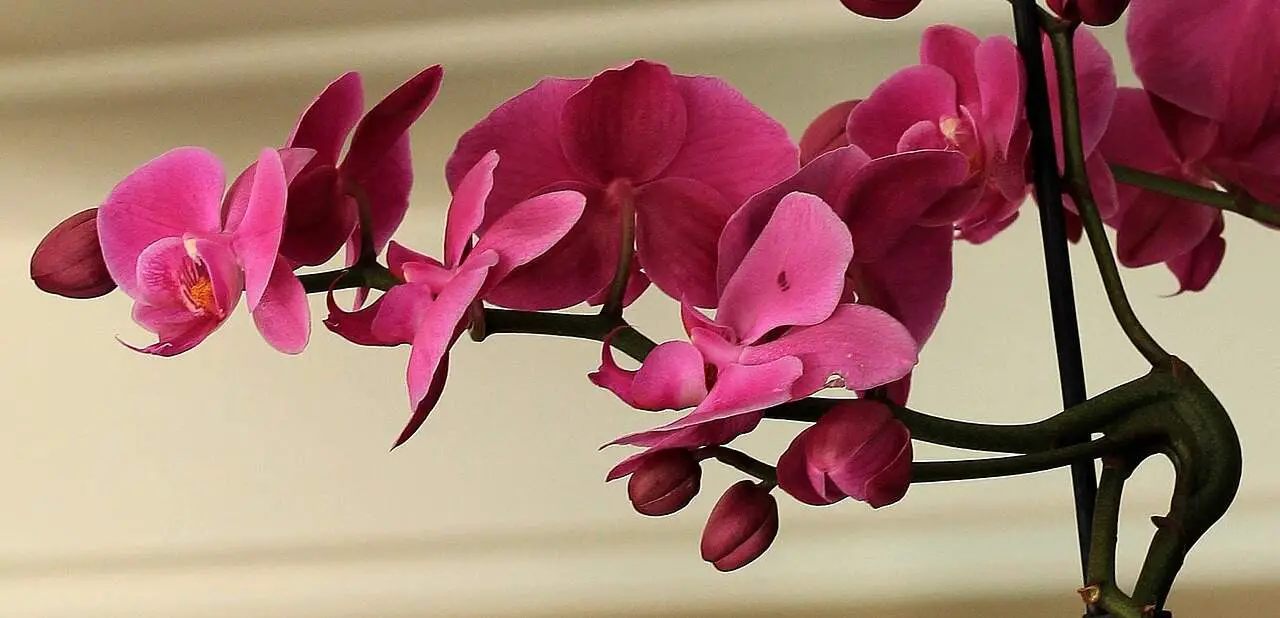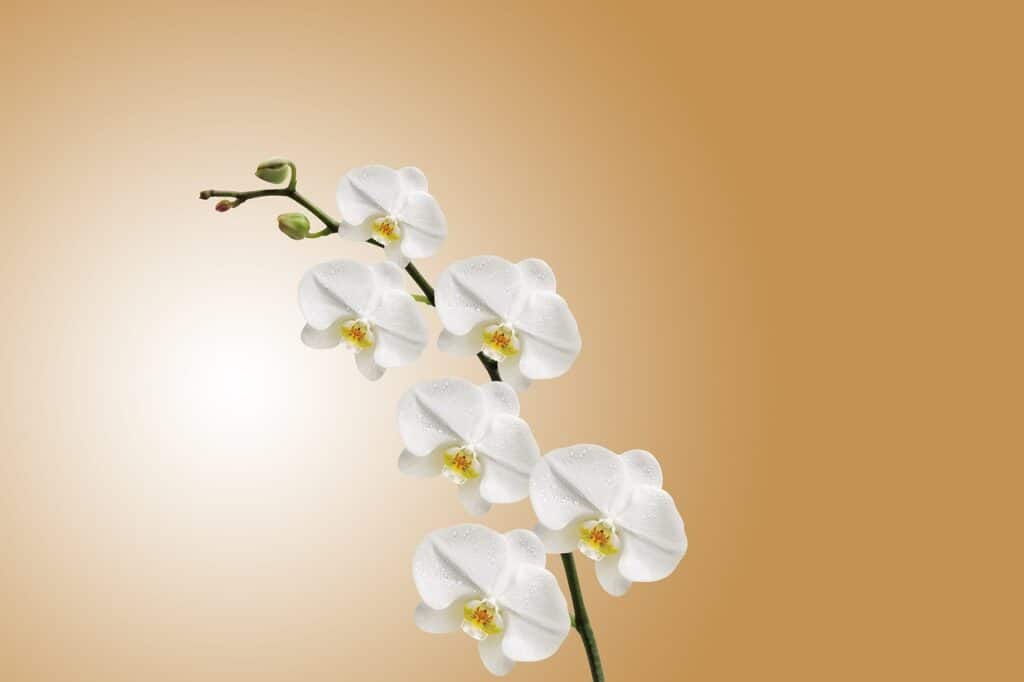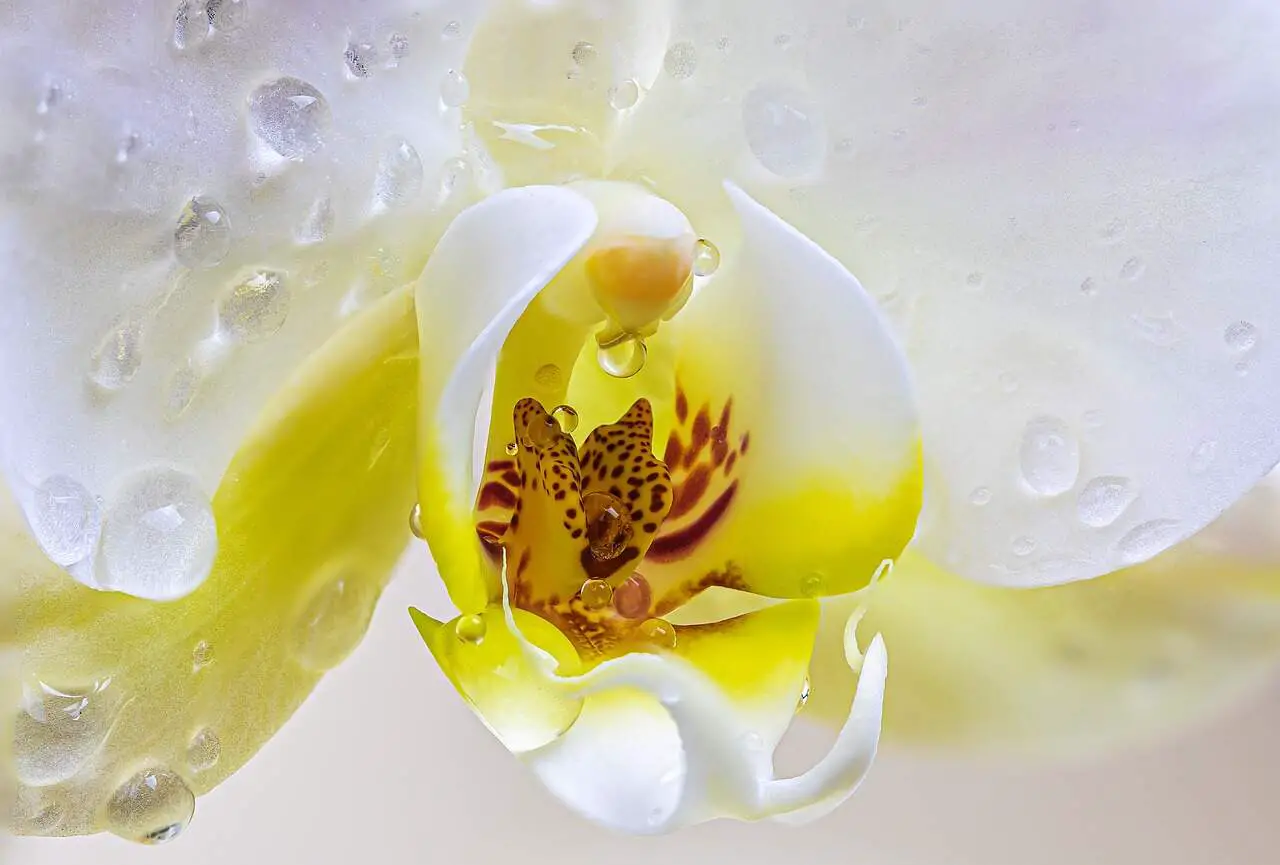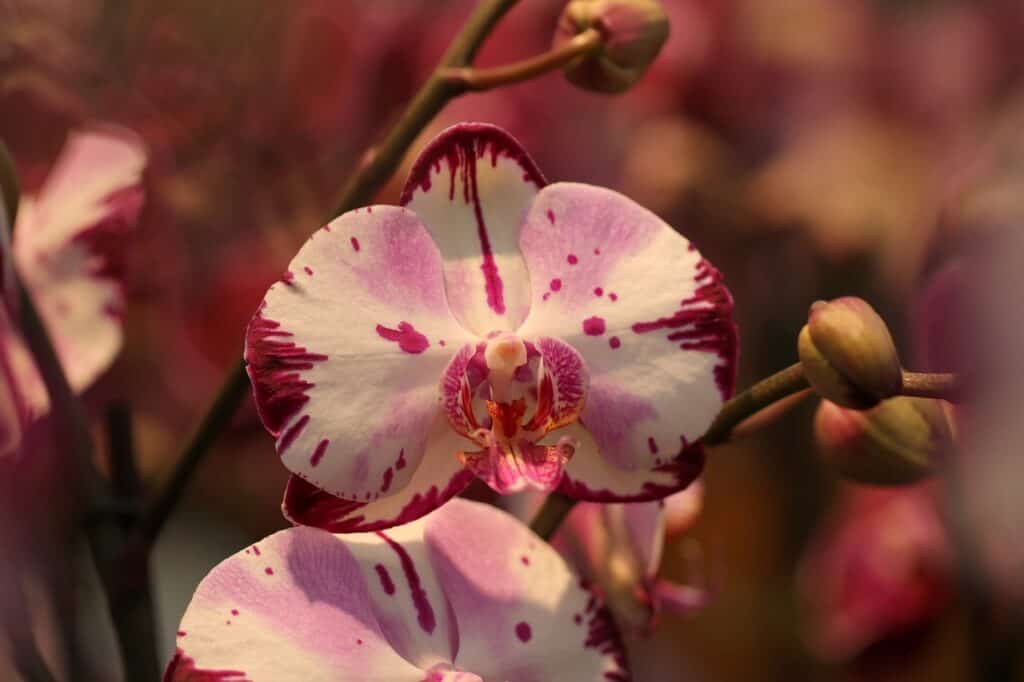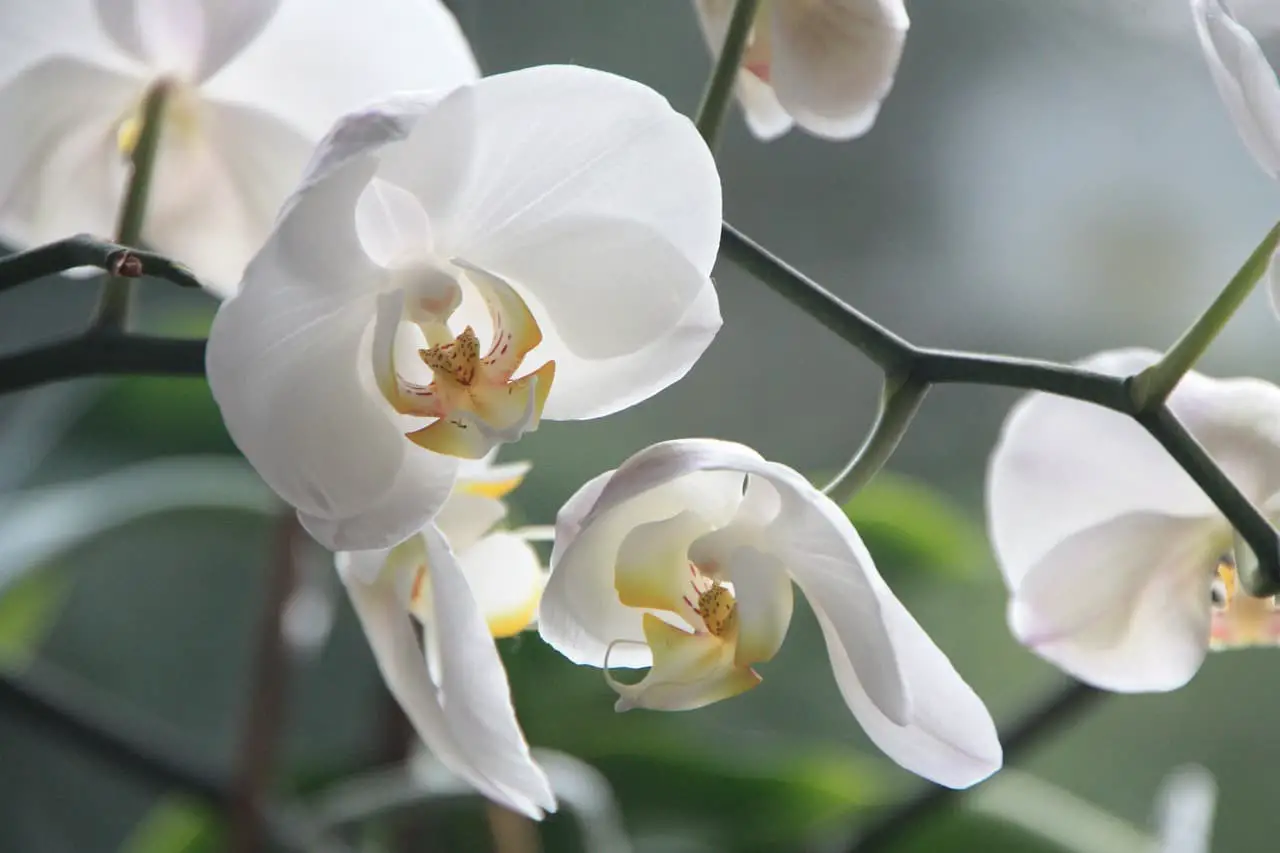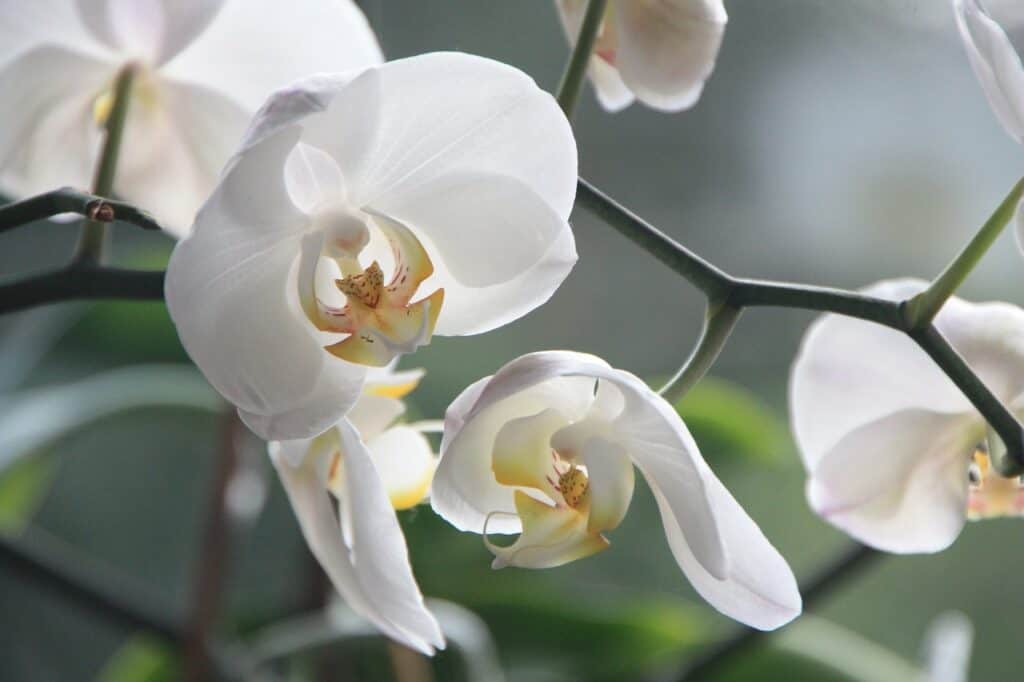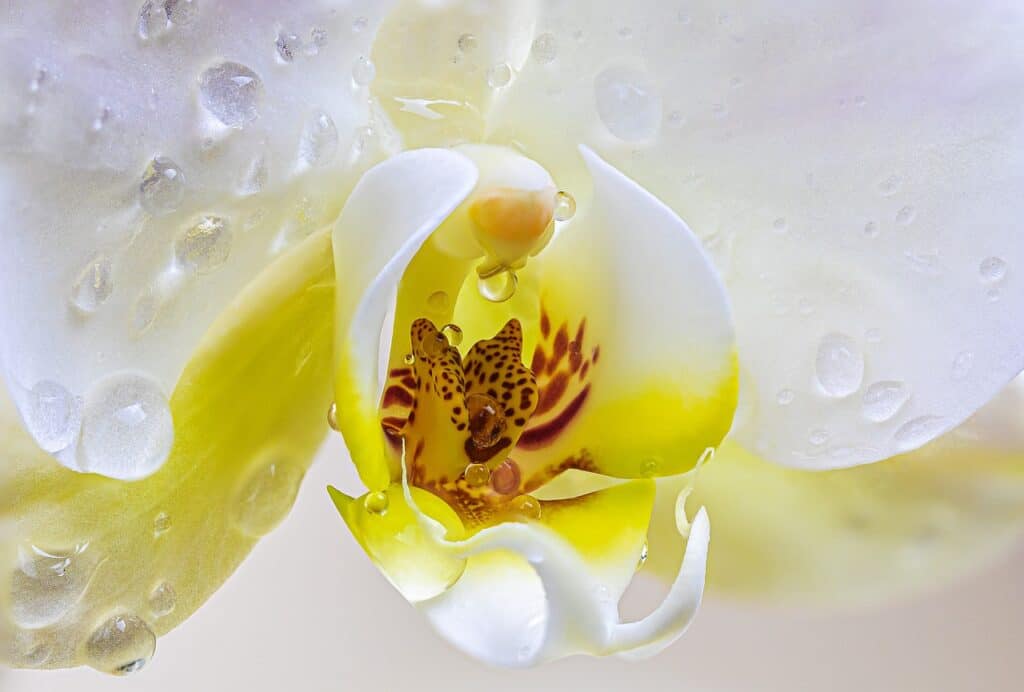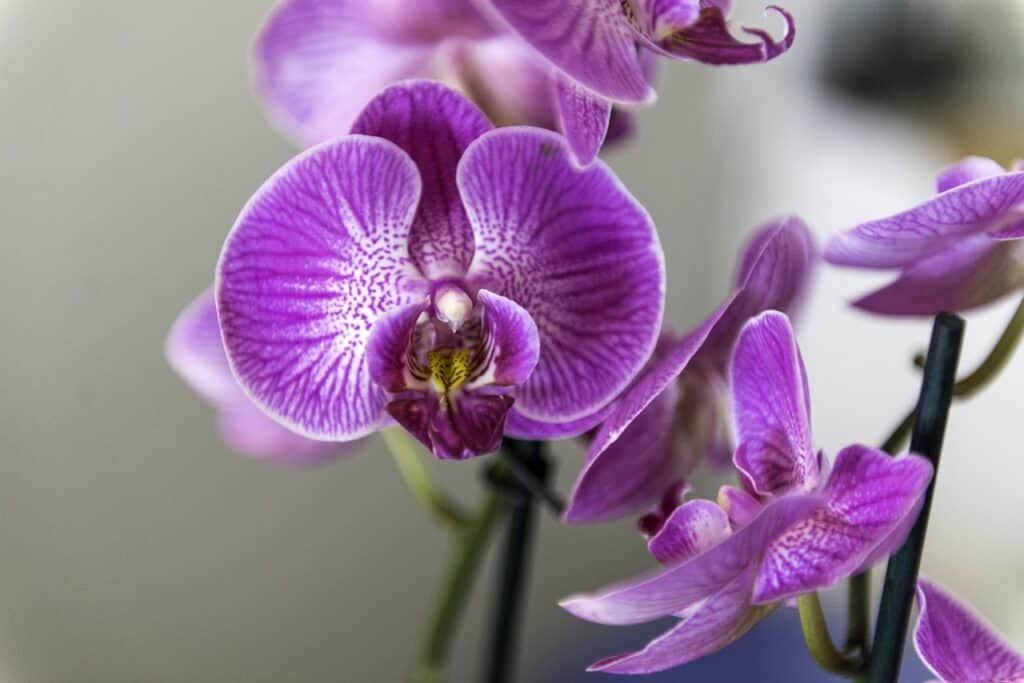Orchids are prized for their delicate beauty, but as winter approaches, their care demands special attention. The change in temperature, humidity, and light conditions can pose challenges for orchid growers. In this article, we will delve into essential orchid winter care tips, addressing common questions and related search queries that arise when preparing your orchids for the colder months.
Orchid Winter Care Tips
As winter approaches, orchid enthusiasts face the challenge of providing their delicate blooms with the care they need to thrive in less favorable conditions. The change in temperature, humidity, and light can significantly impact orchids, making winter care a crucial aspect of orchid cultivation. In this guide, we will explore essential orchid winter care tips to help you maintain healthy and vibrant orchids during the colder months.
One of the most critical aspects of winter orchid care is adjusting your watering routine. Here are some common questions and helpful tips related to this:
During the winter, the reduced light and lower temperatures slow down your orchid’s growth. As a result, you should water your orchids less frequently. Stick to the “water when dry” approach, allowing the potting medium to dry out slightly more between waterings. Be cautious not to overwater, as the cool, less humid conditions of winter can make your orchid’s roots more susceptible to rot.
While indoor heating systems can reduce humidity, misting may not be the most effective solution. Misting might create a moist environment that can lead to fungal issues. Instead, consider using a humidity tray, placing a container with water near your orchids, or using a humidifier to increase the moisture in the air around them.
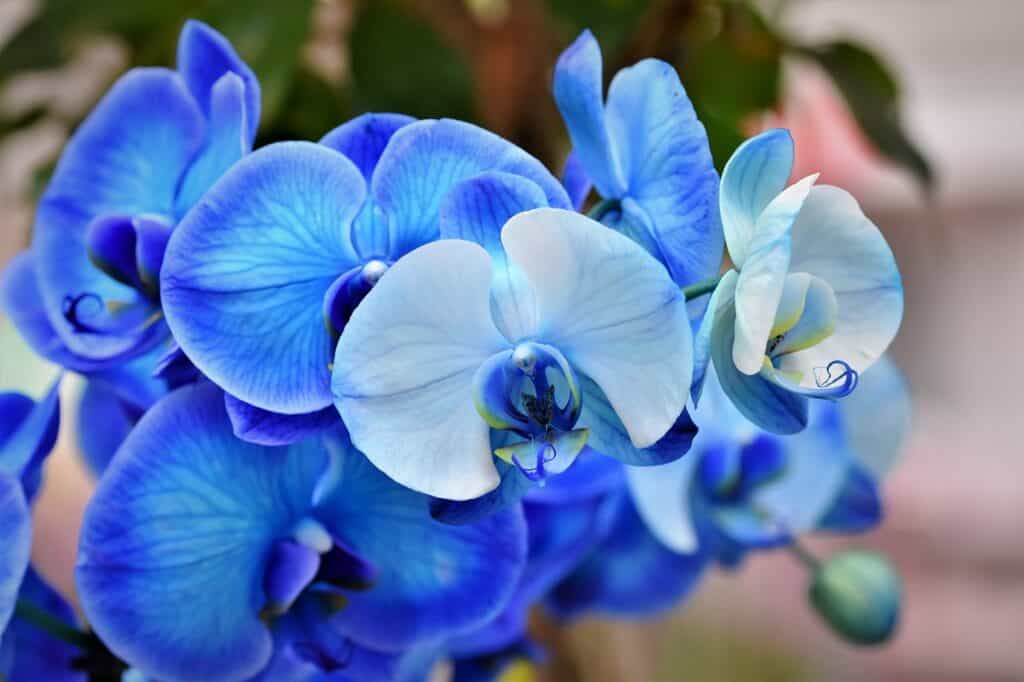
Adjusting Watering Routines
Winter often means less humidity and lower temperatures, which can affect how you water your orchids. Here are common questions and search queries related to adjusting your watering routine during the winter:
How should I modify my orchid’s watering schedule in winter?
- During winter, it’s essential to reduce the frequency of watering. Orchids should be allowed to dry out slightly more between waterings. Stick to a “water when dry” approach and be cautious not to overwater, as this can lead to root rot in the cooler, less humid conditions of winter.
Should I mist my orchids more often in winter due to lower humidity?
- While it’s true that indoor heating can lower humidity, misting might not be the most effective solution. Instead, consider using a humidity tray, placing a container with water near your orchids, or using a humidifier to increase the moisture in the air around them.
Providing Adequate Light
Winter months often bring reduced daylight hours, which can impact orchid health. Here are common questions and search queries related to providing adequate light during the winter:
How can I ensure my orchids receive enough light in the winter?
- To compensate for reduced natural light, consider moving your orchids closer to windows where they can access as much bright, indirect light as possible. You can also use artificial grow lights to supplement their light requirements.
Should I adjust the orchid’s positioning due to the changing angle of the sun in winter?
- The lower angle of the winter sun can influence the amount and intensity of light that reaches your orchids. Be attentive to how the light falls and adjust the position of your orchids accordingly to ensure they receive optimal light throughout the day.

Temperature Considerations
Winter brings colder temperatures that can be detrimental to orchids if not managed properly. Here are common questions and search queries related to maintaining the right temperature conditions for your orchids:
What’s the ideal temperature range for orchids in the winter?
- Most orchids thrive in a daytime temperature range of 60-80°F (15-27°C) and a nighttime drop of about 10-15°F (5-8°C). Ensuring this temperature differential can help induce flowering in many orchid species.
How do I protect my orchids from cold drafts and freezing temperatures?
- Be vigilant against drafts and extreme cold. Ensure that your orchids are not exposed to chilly windowsills, and move them away from any sources of cold air. In cases of severe cold, consider using additional insulation or heating.

Conclusion: Winter Wellness for Your Orchids
Orchid winter care demands careful attention to watering, light, and temperature. By adjusting your care routine to accommodate the specific needs of your orchids during the colder months, you can help them flourish despite the challenges winter may present. Orchid enthusiasts who are prepared and proactive in their winter care efforts are rewarded with healthy, vibrant orchids that continue to grace their living spaces with timeless elegance, even in the heart of winter.
